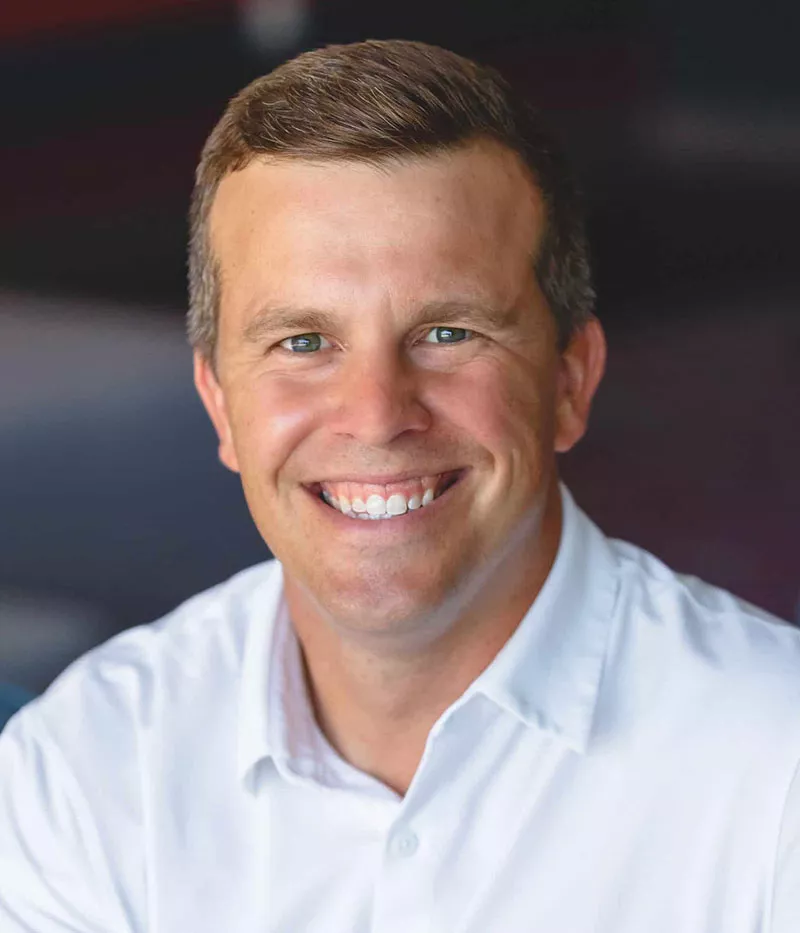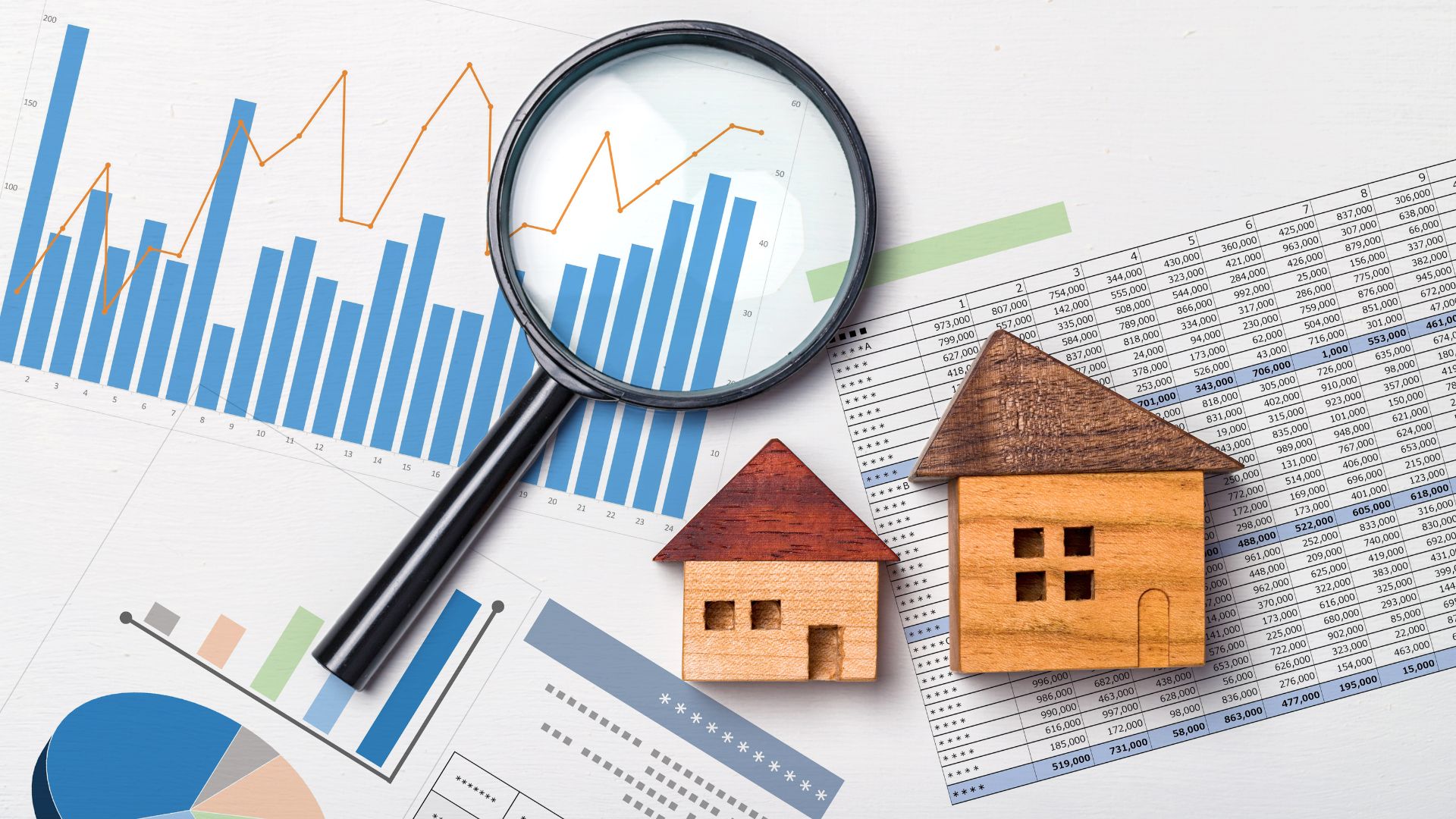In January this year we launched a new type of deal for Wildhorn–our first ground-up developmentA term used to signify starting a project from an empty plot of land or an undeveloped site, rather than renovating or expanding an existing structure. View Definition asset. If you’ve been following our story over the last couple of years, we’ve been talking about our decision to stay rooted in our native backyard of Central Texas and grow our portfolio in the multifamily space.
Multifamily Portfolio Diversification
Within multifamily, we’ve diversified our product type and business plans. Today we own everything from 1980’s value-addValue-add is a strategy where an investor or property owner seeks to increase the value of a property by making significant improvements or changes to it. The goal is to enhance the property's appeal, functionality, and income-generating potential, which can lead to higher rental income, increased property valuation, and improved overall performance. View Definition assets to brand new Class A assets, purchased before they were even completed by the developer. Our core tenet has stayed true: Conviction. We only buy assets we have true conviction about related to that specific business plan.
Exploring Ground-up Development
One type of project we had not yet completed was building a ground-up development. To date we’ve built our company to be operators of assets–not developers of them. However, we don’t want to pass on opportunities where we have conviction.
If a great opportunity presents itself in Austin, San Antonio or the I-35 corridor in between, we want the ability to execute on that opportunity–whether that’s a value-add opportunity or an incredible site for future development.

Learning from Developers: Ground-up Approach
Over the last couple of years as we’ve purchased three brand new deals from developers, we’ve continued to study the space and see first hand how a builder thinks versus an operator. We’ve learned a lot about the construction process and gained more experience with the lease-up cycles.
Along the way, we recognized it would be wise to include a seasoned partner in any endeavor into the ground-up space. We’d be able to leverage their expertise and skill set–let them do what they know–and we’d be able to add value based on what we’ve learned from an operators’ perspective. Our expertise would also lend itself well during the design of construction and allow us to asset manage once we started the lease-up process.
Ground-up Development: Partnering for Success
Today, we’re excited to share that we just closed on our first ground-up development project. We have partnered with another local Austin company we’ve long known to build a 312-unit Class-A apartment community in San Marcos; smack dab in the middle of the Austin-San Antonio corridor. Our partner already purchased and closed the construction loan, giving the project a head start.
Overall, we had exceptional interest from investors and are grateful for everyone who partnered with us in this deal.
Ground-up Development: A Strategic Addition
This is the first of what we hope will be more new construction projects Wildhorn participates in. It’s not a strategic pivot away from anything we’ve done or will continue to do in the operator space, but an addition to those deals–allowing us to find the best opportunities to bring to our investors.
As the project begins (and we get to work in earnest in our consultative role during construction), we want to highlight why we’re excited about doing more ground-up projects in the future:
- Central Texas Needs More Housing: Simple demographics. Texas led all states in population growth this year. Texas added 470,708 residents in the year that ended July 1, 2022. That’s nearly 54,000 more than runner-up Florida and over 300,000 more than No. 3 North Carolina. Developers will need to meet the growing housing shortage and in Austin alone, the city will need 117,107 new apartment units by 2035 to keep up with demand. As the Austin-San Antonio region emerges into a single massive metroplex, well-located projects near jobs and schools will be paramount.
- Construction is slowing down: The major national headlines report massive numbers of deliveries of new apartments to take place over the next year. These are all projects that started before the spike in interest rates, and suggest that as all of these come online at the same time there will be too much supply in the market and not enough people to live in these units. We think those numbers are over-inflated, for a couple of reasons.
- First, while we agree there are a number of projects that are under construction and will eventually deliver, they won’t all happen in the next year. Getting projects built in Central Texas (especially in the City of Austin) is really difficult. And fraught with delays. Every developer we know is running into issues getting through inspections and seeing their projects fall far behind schedule. Those delays will smooth out the supply curve and take all of the projected deliveries in the next 12 months and spread those out over the next 24 months.
- Second, any project that has not started construction – typically shown as “Planned” on a Supply Map – has likely been shelved if not killed altogether. We keep hearing upwards of 80% of new construction projects now already in progress have been killed in the past 6 months as financing costs have exploded. Fast forward into 2025 and beyond, and the projects that didn’t start today won’t be delivered in the future–creating the potential for a large disconnect between supply and demand, especially as the population continues to grow. We stand to benefit from this potential lack of supply from both an operational sense (leasing velocity and rental rate) and asset value (investors chasing fewer new assets available).
- Build To Hold – Or To Sell: Wildhorn is a multifamily operator first and foremost. Any new construction project we participate in, we’ll continue to wear our operator hat. That means during construction, we’re thinking ahead about the elements an asset needs and what residents value. We make sure those are debated and talked through, and likely included in the plans. And once the project is complete, we’re ready to operate the asset like any other deal we own. For investors, that means we have optionality in our business plan. If the market is super hot and telling us to sell the asset as we hit stabilization, we can do that. If the market has slowed and is telling us to operate the asset for several years, we can do that. There isn’t pressure or a need to approach a project as a merchant builder ready to sell one project and move on to the next one. We’re used to operating assets over the long haul.
To stay up-to-date with our investment insights and industry trends, join our exclusive email list.
We are very excited about this specific project and look forward to sharing the progress along the way. It represents a new type of investment and opportunity for our investors, and it’s something we look forward to continuing to look for in our search to bring the best Central Texas real estate investment opportunities we can find.

A lifelong Austinite and UT graduate, Cooper has worked in a variety of roles in the commercial real estate space throughout his career in Central Texas. Most recently, Cooper served in a business development role for Heritage Title for over 9 years. His diverse background serving clients in a variety of roles is an ideal fit for his position at Wildhorn Capital, where he manages the company’s capital relationships and focuses on deal sourcing in Austin.







